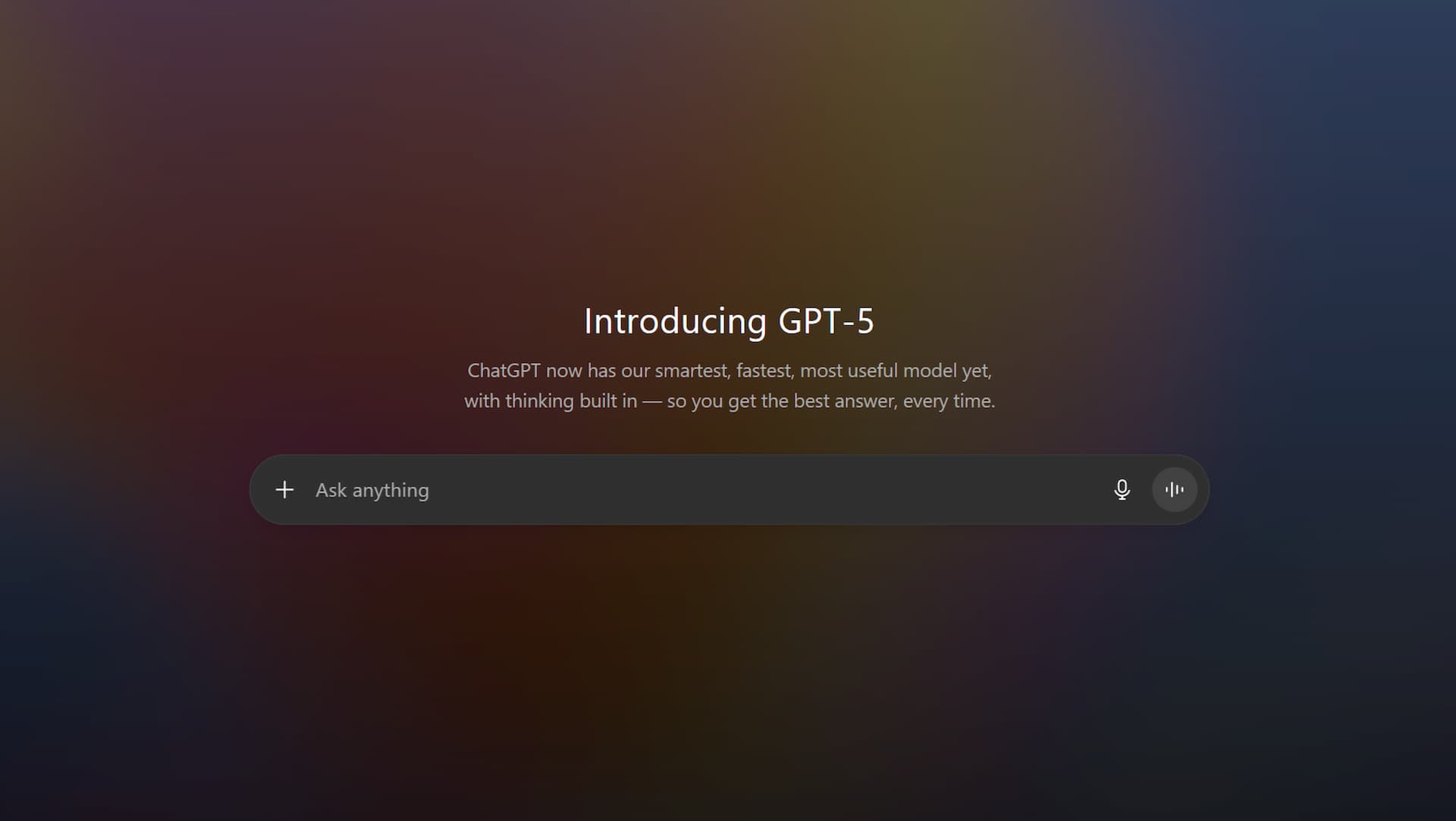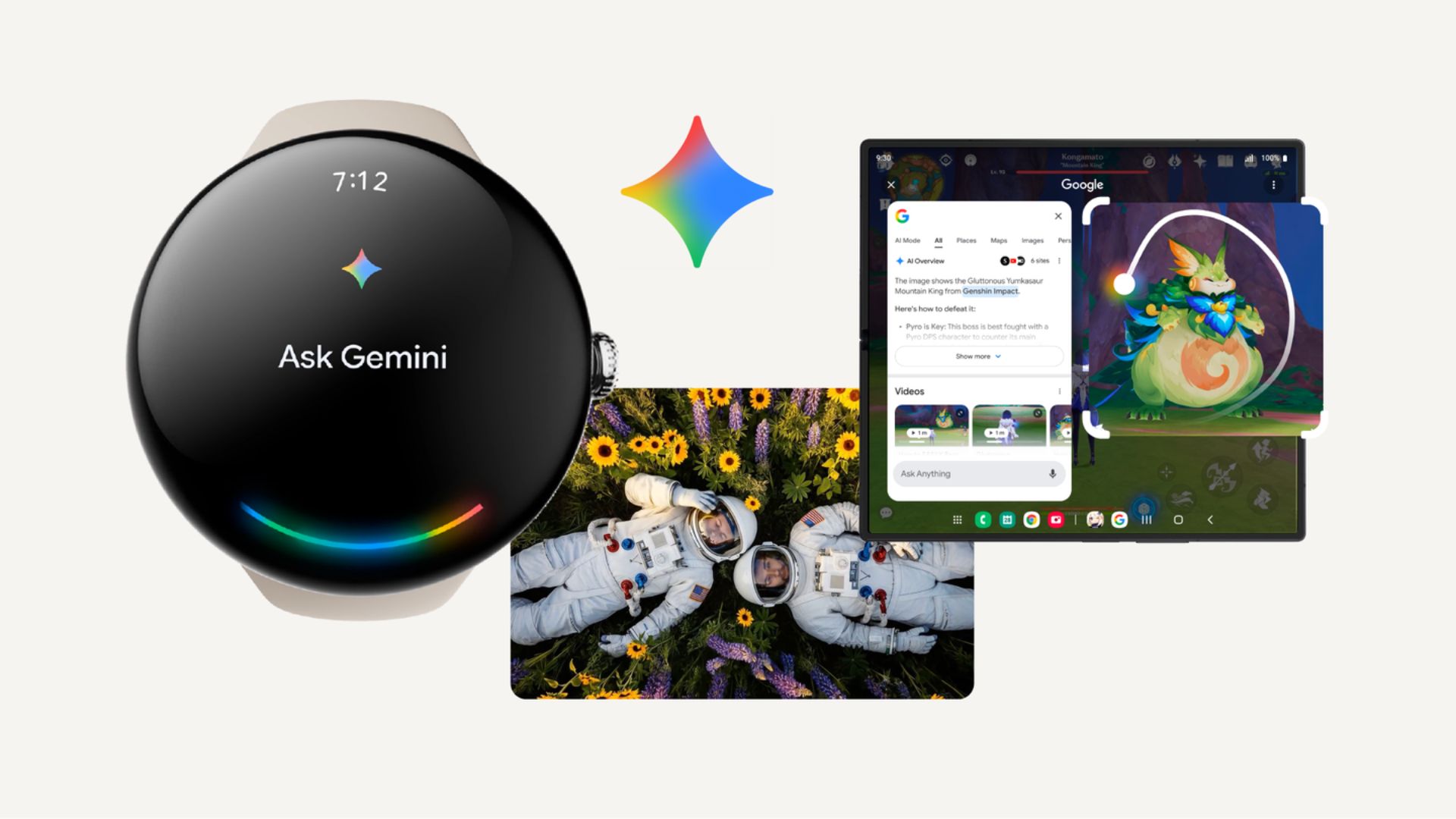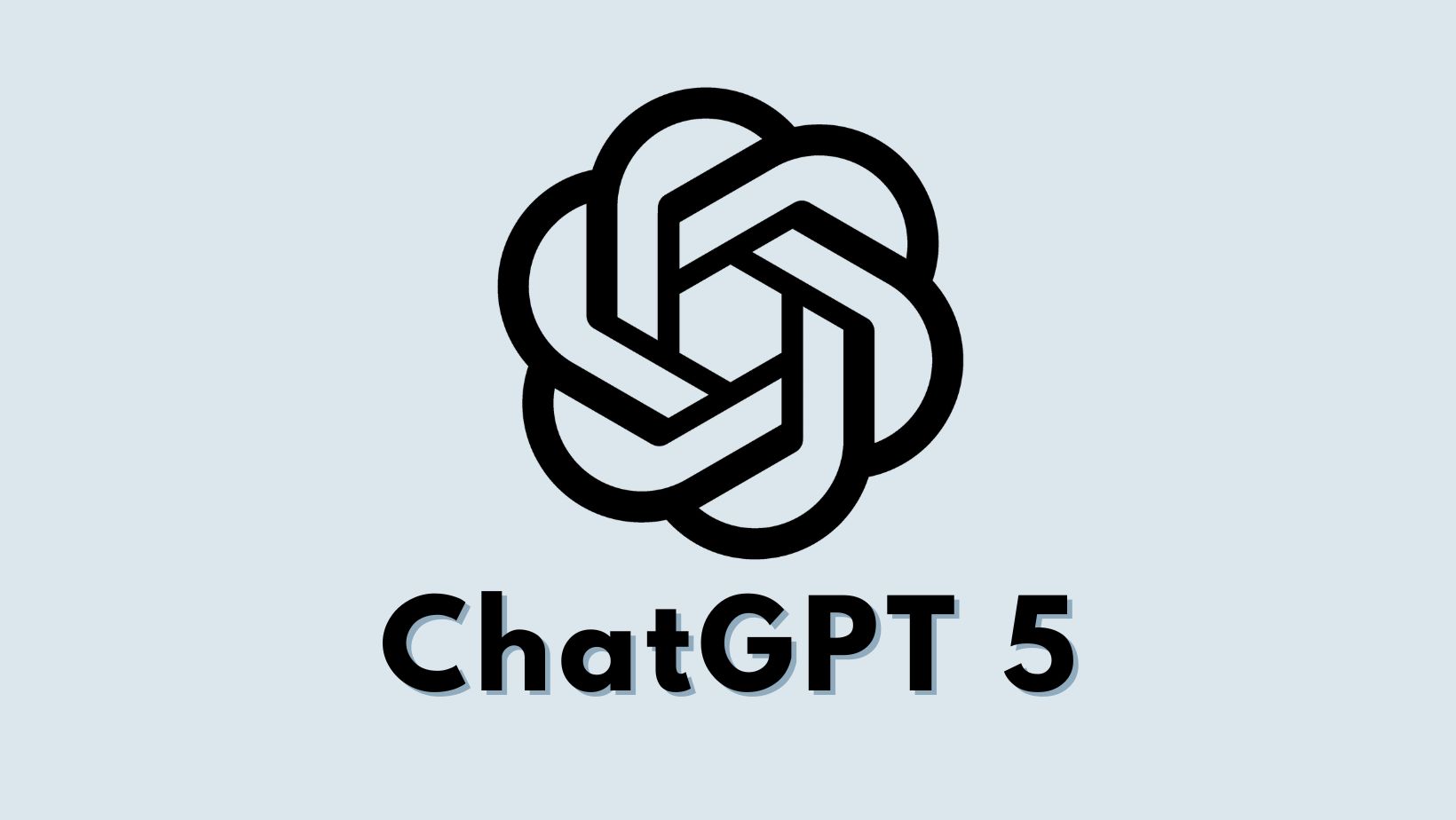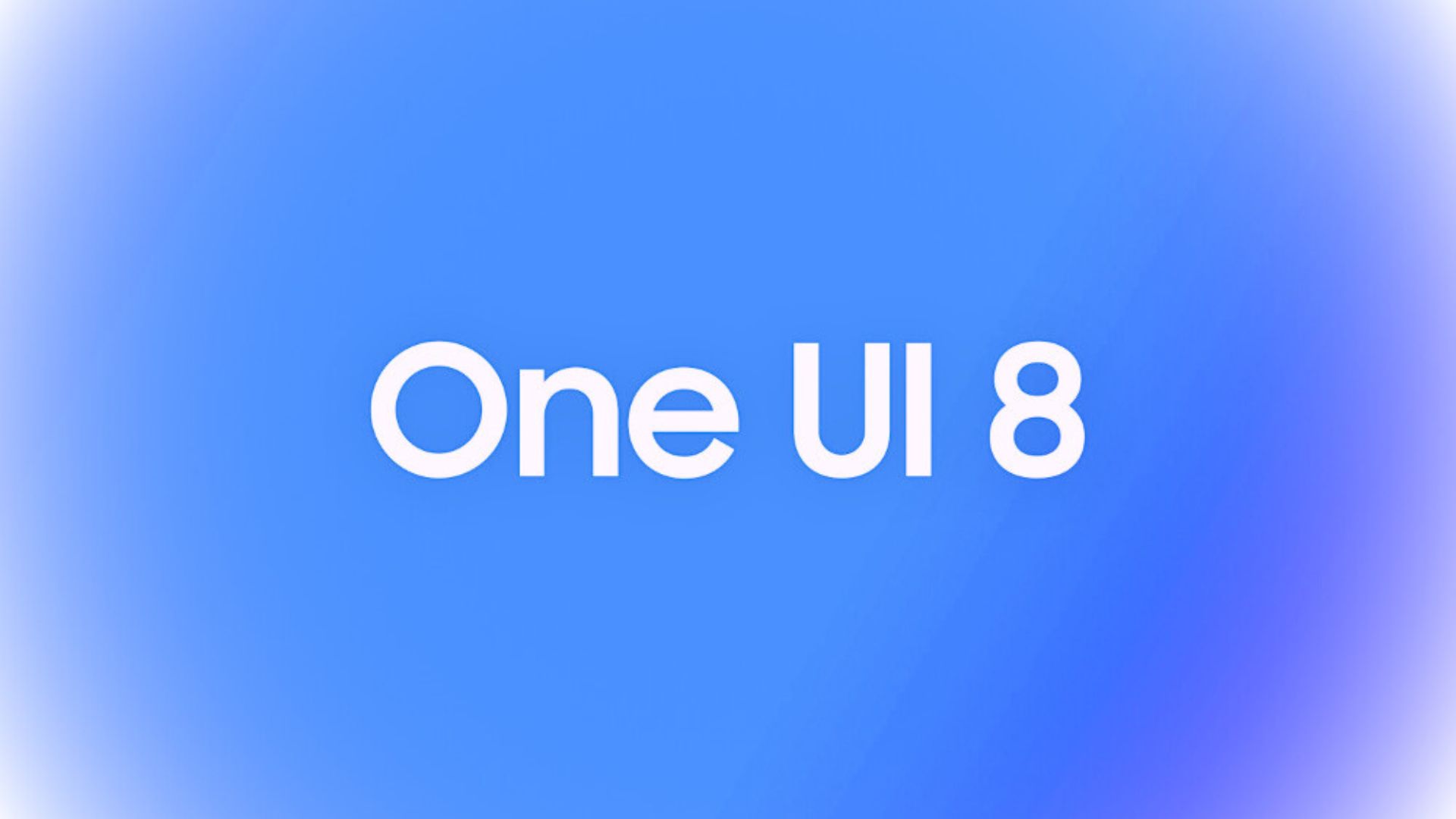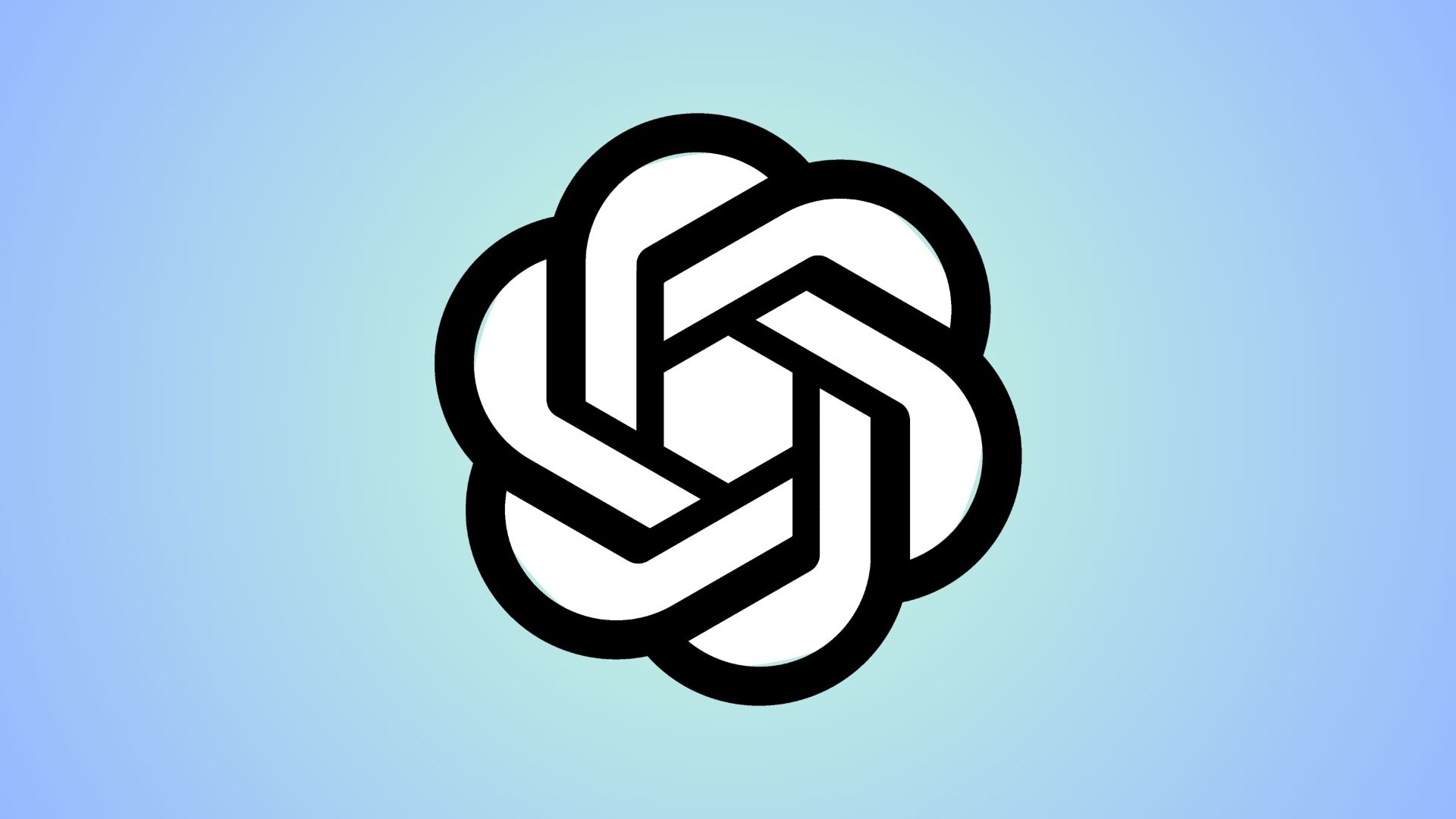Download Android 16 QPR1 Beta 2.1 Update
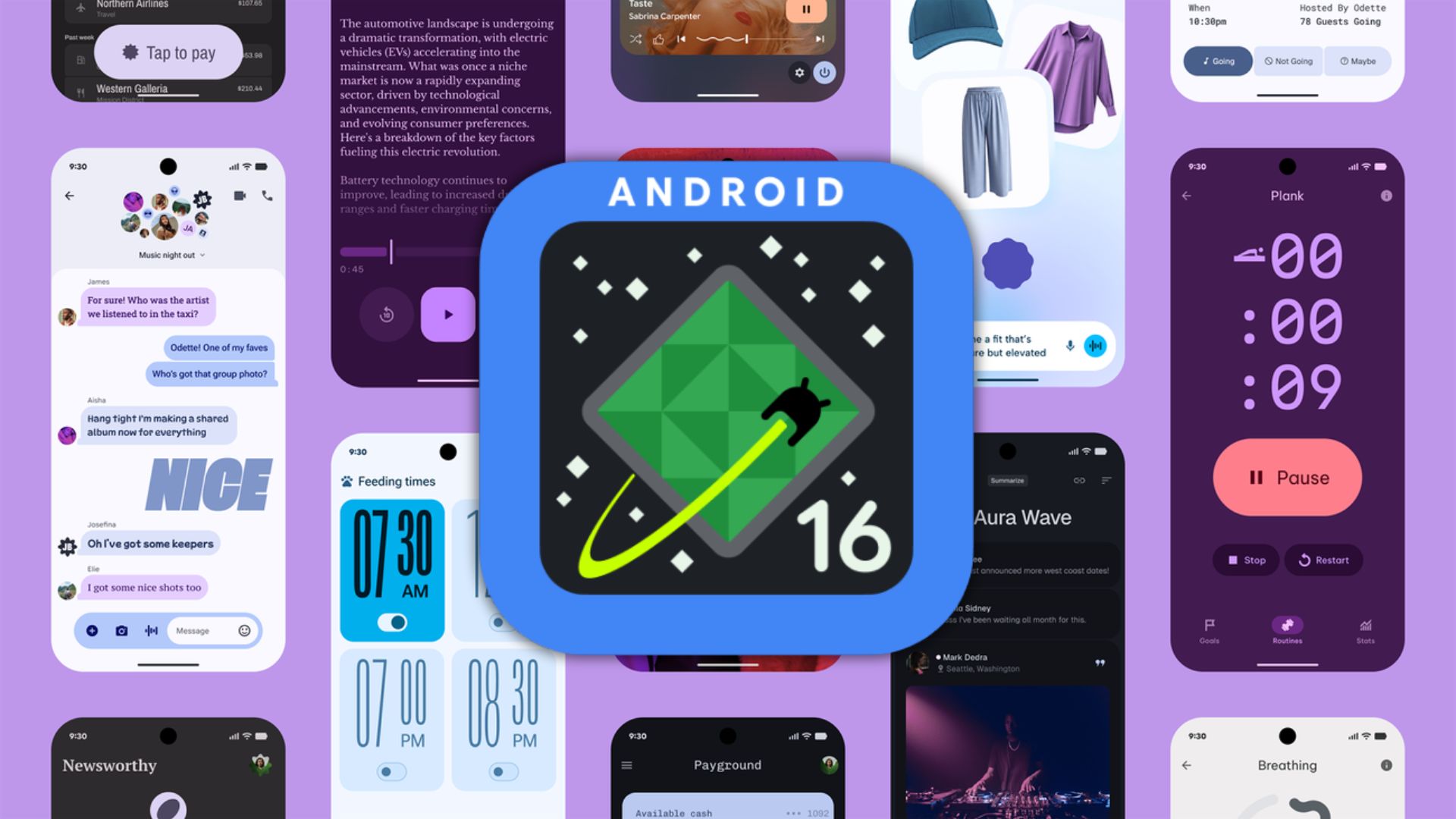
Today, Google released Android 16 QPR1 Beta 2.1, a minor but significant update that addresses several critical issues found in the previous Beta 2 release. The Beta 2 resolved various issues related to the system including — Auto dark theme now working, now playing is crashing, camera frequently fails to launch, and many more. But there’s a new Hotfix rolling out today for those running the QPR (Quarterly Platform Release) program on their Google Pixel devices.
While stable Android 16 has already released with June 2025 Pixel Feature Drop, the first Android 16 QPR1 continues with Google’s Material 3 Expressive design language and more experimental features; which will eventually make it to stable. The stable update does not get Material 3 Expressive just yet. Once the QPR1 Beta concludes, possibly after the third beta, the features will be migrated to stable Android 16.
What’s new in Android 16 QPR1 Beta 2.1?
Google has rolled out Android 16 QPR1 Beta 2.1, marking another significant step in the quarterly platform release cycle that continues to refine and enhance the Android experience. This latest update, released on June 25, 2025, brings critical bug fixes and introduces exciting new capabilities that showcase Google’s commitment to evolving the Android ecosystem beyond traditional mobile boundaries.
Eligible devices include Pixel 6, 6 Pro, 6a, 7, 7 Pro, 7a, Fold, 8, 8 Pro, 8a, 9, 9 Pro, 9 Pro XL, 9 Pro Fold, 9a, Pixel Tablet series devices*.
Bug Fixes in QPR1 Beta 2.1
Android 16 QPR1 Beta 2.1 (June 2025)
This minor update to Android 16 QPR1 Beta 2 includes the following fixes:
- The “Approve” button in the Device Admin settings is transparent and invisible (Issue #419144521)
- The lockscreen sound toggle shows as off, but sounds still play (Issue #423985494)
- The Android back button intermittently fails to function (Issue #412691179, Issue #417434626, Issue #420283260)
- Fix for a launcher crash when swiping up from the bottom
Top resolved issues
Android 16 QPR1 Beta 2 resolves the top issues that are described in the following list and includes fixes for some issues that are not noted here.
- Auto dark theme is not working (Issue #394471802, Issue #419213868)
- Now playing is crashing when selecting a track (Issue #421862329)
- Camera frequently fails to launch (Issue #421870862)
- Shortcuts for newly-downloaded apps aren’t automatically added (Issue #419320526)
- Home button not working on app list UI (Issue #419256078)
- “More wallpapers” button misaligned in wallpaper settings (Issue #419295443)
- Gemini fails to work on the lockscreen (Issue #421276731)
Key Fixes in Beta 2.1: Addressing Critical User Experience Issues
Android 16 QPR1 Beta 2.1 specifically targets several high-impact bugs that were affecting user experience across the platform. The most notable fixes include:
Interface and Navigation Improvements
The update resolves a particularly frustrating issue where the “Approve” button in Device Admin settings became transparent and invisible, making it impossible for users to grant necessary permissions. This fix addresses Issue #419144521, which had been causing significant workflow disruptions for users managing device administration features.
Another critical fix addresses the intermittent failure of the Android back button, which had been reported across multiple issue trackers (Issues #412691179, #417434626, and #420283260). The back button is fundamental to Android navigation, and its unreliable operation was severely impacting user experience.
Audio and Media Enhancements
The lockscreen sound toggle issue has been resolved, where the toggle would show as disabled while sounds continued to play. This inconsistency between visual feedback and actual system behavior was causing confusion among users who relied on visual cues to understand their device’s audio state.
System Stability Improvements
A launcher crash that occurred when users swiped up from the bottom has been fixed, improving overall system stability. This gesture is central to Android’s navigation paradigm, and crashes during this interaction were creating significant usability problems.
Major Resolved Issues from Beta 2
Beyond the specific fixes in Beta 2.1, the broader Beta 2 release addressed numerous critical issues that had been impacting user experience:
Dark Theme and Visual Consistency
The auto dark theme functionality, which had been non-functional in earlier releases, has been restored. This feature is crucial for users who prefer darker interfaces for battery conservation and eye strain reduction, particularly in low-light environments.
Camera and Media Performance
Camera launch failures, which had been occurring frequently, have been resolved. The camera is one of the most critical smartphone functions, and reliability issues in this area significantly impact user satisfaction.
The “Now Playing” feature crash when selecting tracks has also been fixed, restoring seamless music discovery functionality that many users rely on for identifying songs in their environment.
User Interface Refinements
Several interface alignment issues have been addressed, including the misaligned “More wallpapers” button in wallpaper settings and problems with home button functionality in the app list UI. These seemingly minor issues collectively contribute to a more polished and professional user experience.
Enhanced Desktop Windowing: Expanding Android’s Reach
One of the most significant additions in Android 16 QPR1 Beta 2 is the developer preview of enhanced desktop windowing on connected displays. This feature represents a major evolution in Android’s capabilities, potentially transforming how users interact with their devices when connected to external monitors.
The Vision for Android Desktop Experiences
This enhancement suggests Google’s broader vision for Android as a platform that can seamlessly transition between mobile and desktop contexts. When connected to external displays, Android devices could potentially offer more traditional desktop-like experiences while maintaining the flexibility and touch-first design principles that make Android successful.
Implications for Developers and Users
For developers, this feature opens new possibilities for creating applications that can adapt to different display contexts and input methods. Applications may need to consider how their interfaces scale and adapt when running in windowed environments on larger displays.
For users, this could mean their Android devices become more versatile computing platforms, capable of serving both mobile and desktop use cases depending on the context and available peripherals.
Device Compatibility and Rollout Strategy
Android 16 QPR1 Beta 2.1 is available across a comprehensive range of Google Pixel devices, demonstrating Google’s commitment to supporting devices across multiple generations:
- Current flagship devices (Pixel 9 series)
- Previous generation flagships (Pixel 8 and 7 series)
- Mid-range offerings (Pixel 8a, 7a, 6a, and the new 9a)
- Specialized form factors (Pixel Fold, 9 Pro Fold, and Pixel Tablet)
This broad compatibility ensures that a significant portion of the Pixel user base can participate in beta testing and provide feedback on new features and fixes.
How to download Android 16 QPR1 Beta 2.1?
Users can access Android 16 QPR1 Beta 2.1 through Google’s Android Beta for Pixel program. The update is delivered over-the-air (OTA) to enrolled devices, making the installation process seamless for beta participants.
- New beta testers: Visit Google’s Android Beta Program website to enroll your eligible Pixel device
- Current Android 16 Beta users: You’ll automatically receive QPR1 Beta 1 and future updates as they become available
OTA Download Links
- Apply OTA images — can be installed without data reset and bootloader unlocking
- Factory Image Files (Downloads)
- Android Flash Tool Files (Install)
- Installation Instructions (Install)
- Download Android 16 GSI (Generic System Image)
Important Considerations for Beta Users
For those currently enrolled in the Android 16 Beta program, Google has provided some critical information:
- If you prefer to receive the public stable release of Android 16 instead of continuing with beta updates, you can opt out without wiping your device data—but you must do so before installing QPR1 Beta 1
- If you opt out after installing Beta 1 or future updates, your device data will be wiped according to standard program guidelines
- Opting out will trigger a “Downgrade” OTA update—if you want to wait for the stable release, simply ignore this update
Should You Install the Beta?
While beta releases are exciting for tech enthusiasts and developers, they come with inherent risks. Before installing Android 16 QPR1 Beta 1, consider:
- Beta software may have unexpected bugs affecting daily use
- Some apps might not function properly
- Battery life could be impacted
- Data loss is always a possibility
For developers and those who enjoy testing new features early, the beta provides valuable insights into upcoming Android capabilities. However, if you rely on your Pixel device for critical daily functions, waiting for the stable release might be the safer choice.

